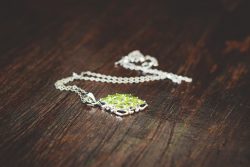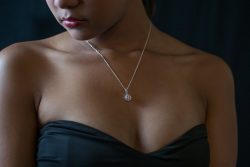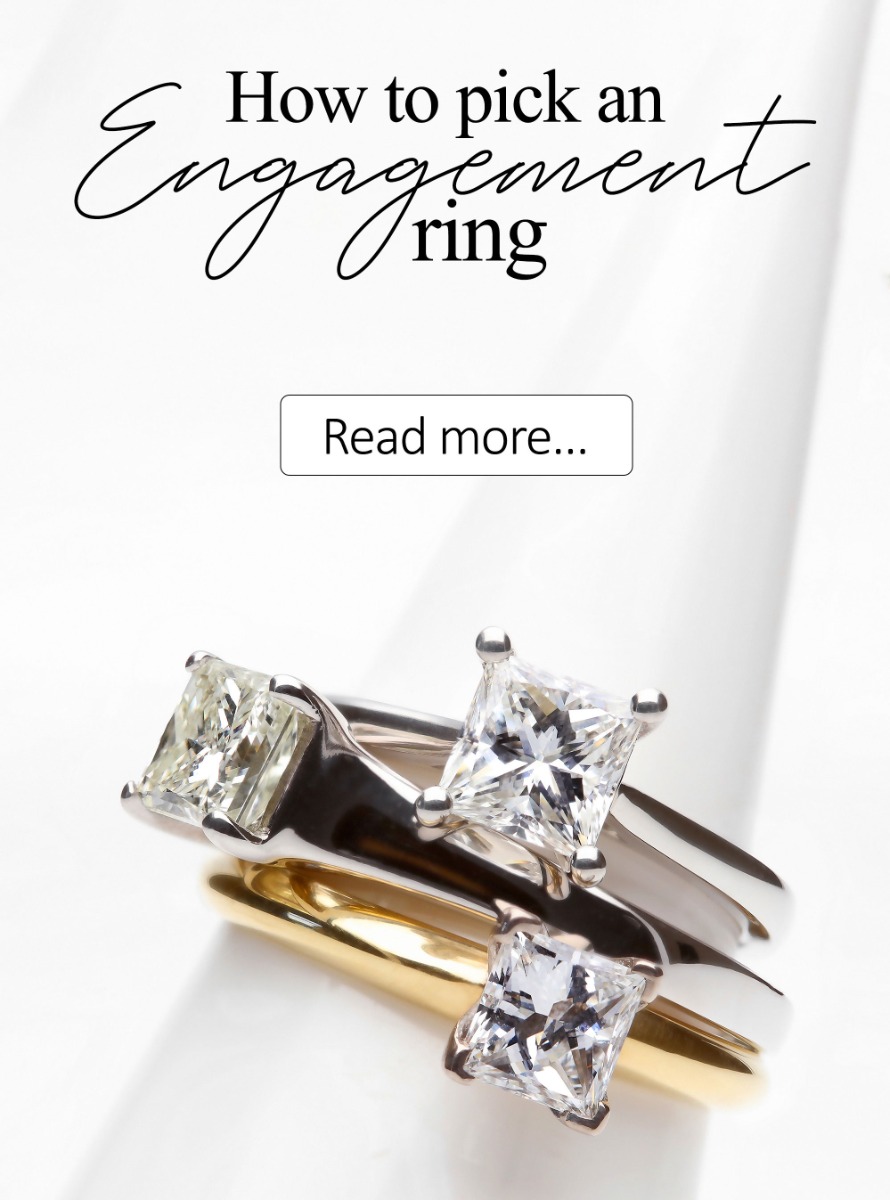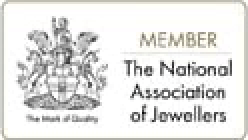Picture the scene: you’ve fallen in love with a piece of second-hand jewellery and have taken the plunge and handed over your hard-earned money. The stones seem to hint at some bygone era, and you’re keen for it to become part of your favourite outfit. It caught your eye immediately.

It has a rich history, and a long line of previous owners who loved it just as much as you. Here is a satisfaction unique to vintage shopping - the thrill of landing upon a real gem is one of a kind!
To ensure you get the best possible deal for your money it is imperative that you shop around, do your research and, in many cases, seek professional opinion. Investing into pre-owned jewellery can be hugely satisfying for a whole number of reasons, and a little research could mean a big payoff!
With this in mind, William May have compiled some key points you should consider when shopping for vintage jewellery. Before you are woo’d by the dazzle of a ring or necklace, consider the following...
Pricing is not always set in stone (whether you are buying or selling)
The value of both new jewellery and second-hand pieces varies wildly, and it is often more of a complicated process than you might think. For example, if you were to buy a brand-new piece for X amount of money, you’re also investing in the wholesaler’s margin and the manufacturer’s, too. If you were to sell it shortly after, it would be for a lot less than you paid for.
On the other hand, it could take up to thirty years for you to make up the original value of a pre-owned piece of jewellery. To avoid disappointment, be realistic about pricing. Jewellery valuation is not always a straightforward process, so it pays to come with an open mind.
Shop, shop, then shop around some more
The thrill of finding a hidden gem is hugely satisfying, but it can feel like finding a needle in a haystack at times. This is all part of the thrill, however, and a little research will ensure that you’re not buying inferior-quality jewellery.
By educating yourself on the different kinds of materials that make up vintage products, you’ll be wise as to what you should be looking for.

Nick Withington, Managing Director of William May, said that a little bit of research can help prevent buyers getting misled.
“All it takes is a little shopping around - perhaps you can enlist the help of a friend or relative who is more experienced in the field.
“Learning about vintage is a great way to ensure your investments are legitimate - it’s satisfying to be able to identify Art Deco from Victorian period pieces, and Georgian from Art Nouveau. You’ll be an expert in no time!”
Spotting the real deal
If you think you’re onto a real winner but want to double-check its quality and legitimacy, there are a few signs you should be looking for.
Hallmarking
A mark, or series of marks emblazoned onto a piece of jewellery is proof of its legitimacy - the hallmark states that it is a precious metal, often consisting of platinum, gold, palladium and silver.
Hallmarks have a grading system, in terms of quality. For example, gold ranges from 9 carat pieces (which is 37.5% pure gold) to 14, 18, 22 and 24 carat pieces. 24 carat is the ultimate and purest form with an eye-watering 99.9% gold content.
What about selling second-hand jewellery?
Now the shoe is on the other foot (or the ring on the other finger in this case). Given the above advice, you’ll want to be as transparent as possible. Ensure that the products you sell all come with clear, laid-out descriptions of their quality.
Consider the following guidelines and describe your items accordingly:
Like new - The jewellery is pristine, without a single chip or nick in the armour. All stones are present, and the clasps and fastenings are in full working order. Having the original packaging is an added bonus.
Excellent - There are very few signs of wear, the clasps and fastening remain in full working order and the stones are present.
Average- At this point, value will start to decrease. Functionally speaking, there are no faults. As to the appearance, there will likely be some minor damage.
Below Average - With a few stones missing, a nick here or there and maybe a chip in the armour the value will decrease further. The clasps or fastenings may be in working order, but you will realise a much higher price if it were in healthier condition.
With the above advice in tow, you can cast your net wide and far in search of that special something. William May have a wide selection of vintage, second-hand jewellery for you to take a look at, so get hunting!












